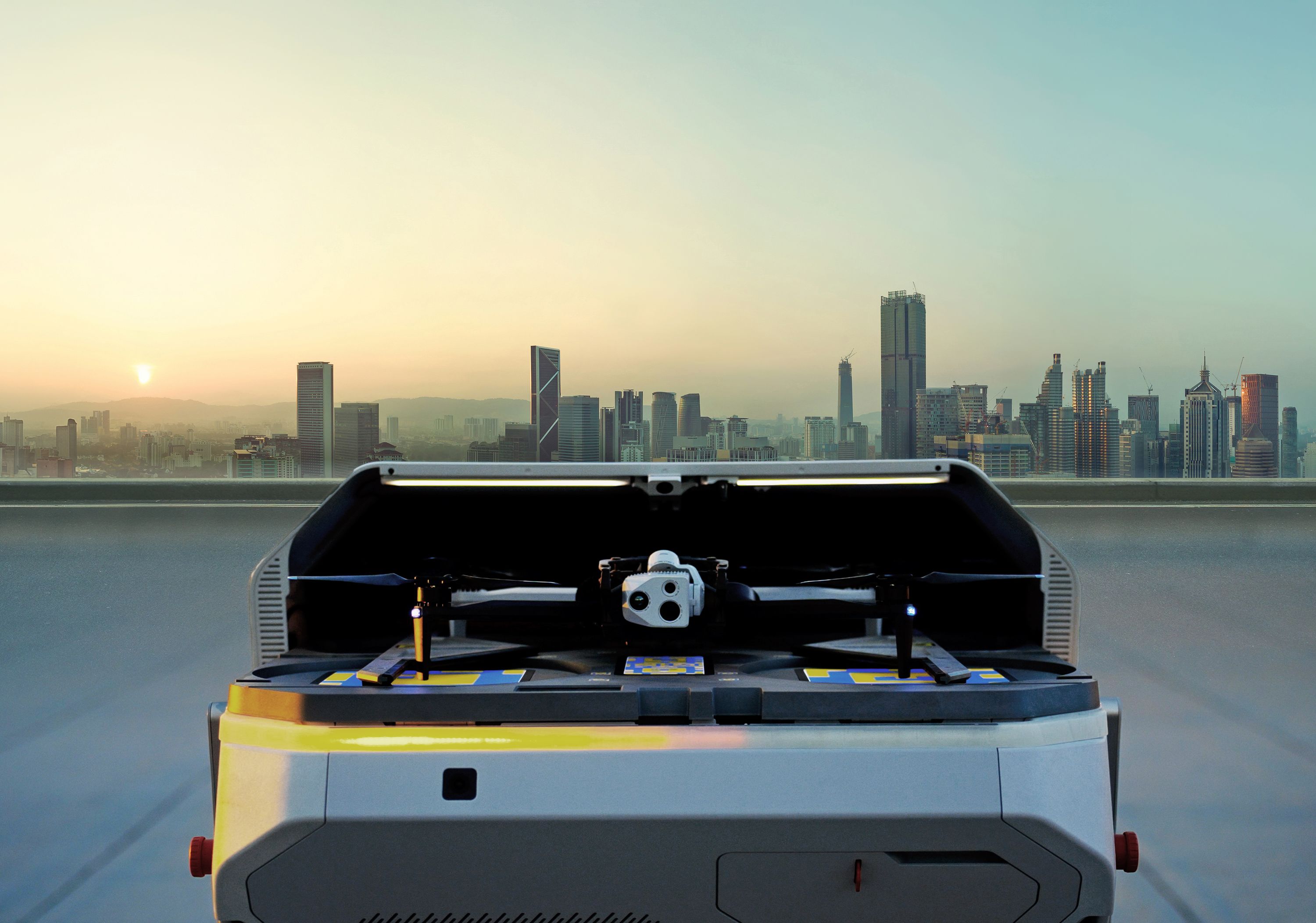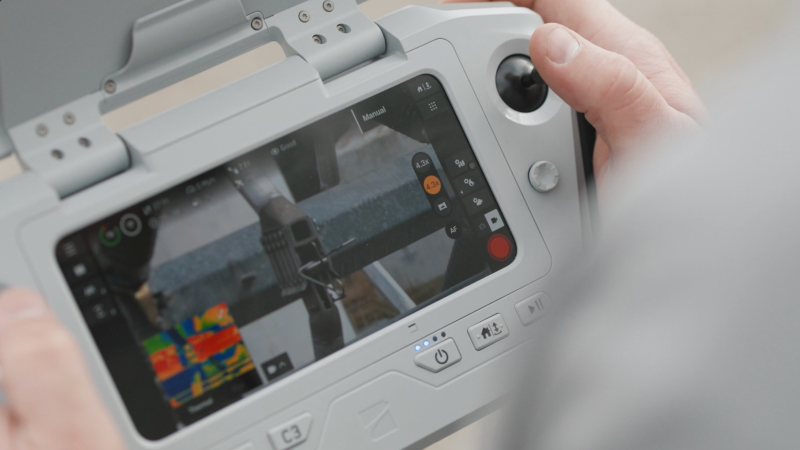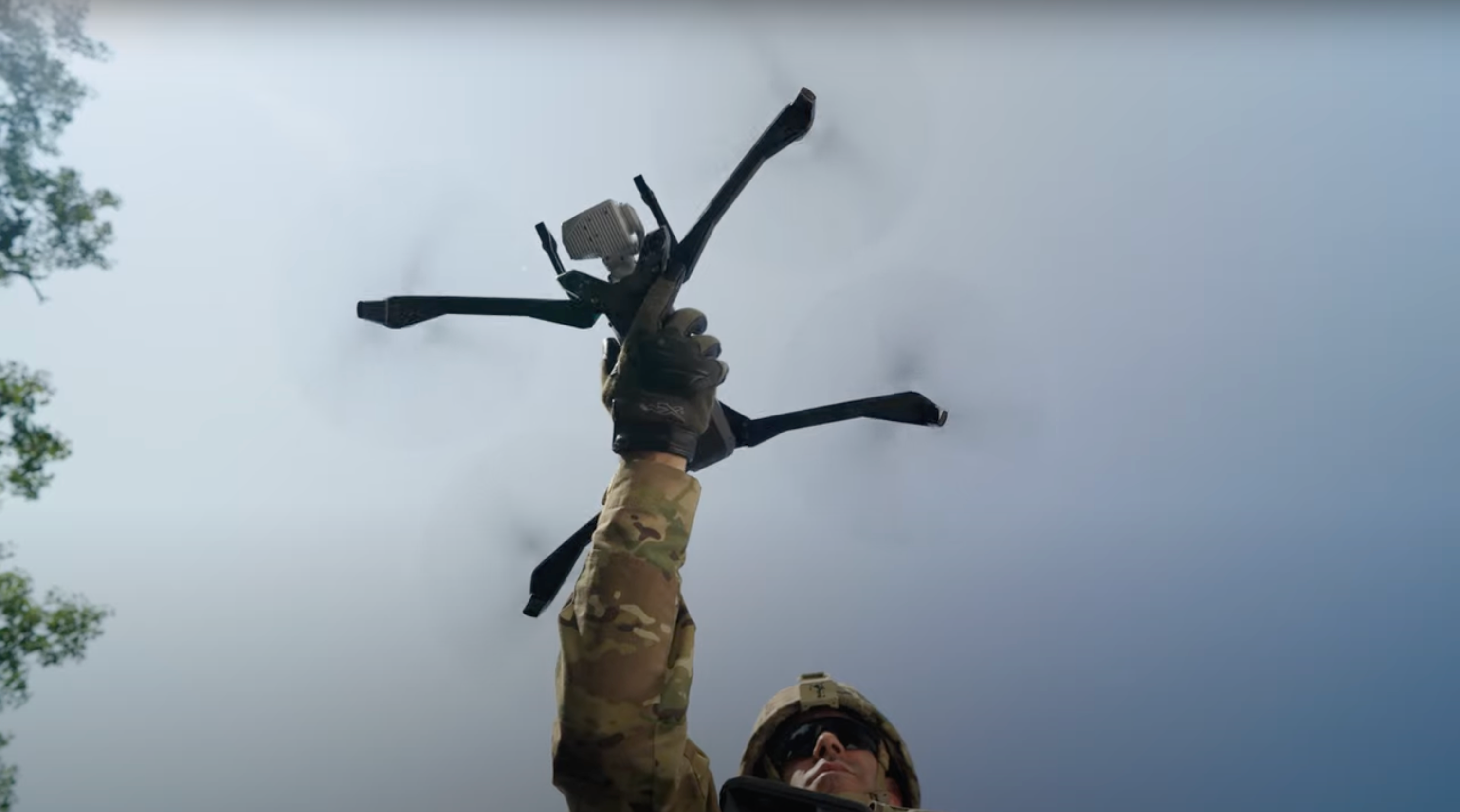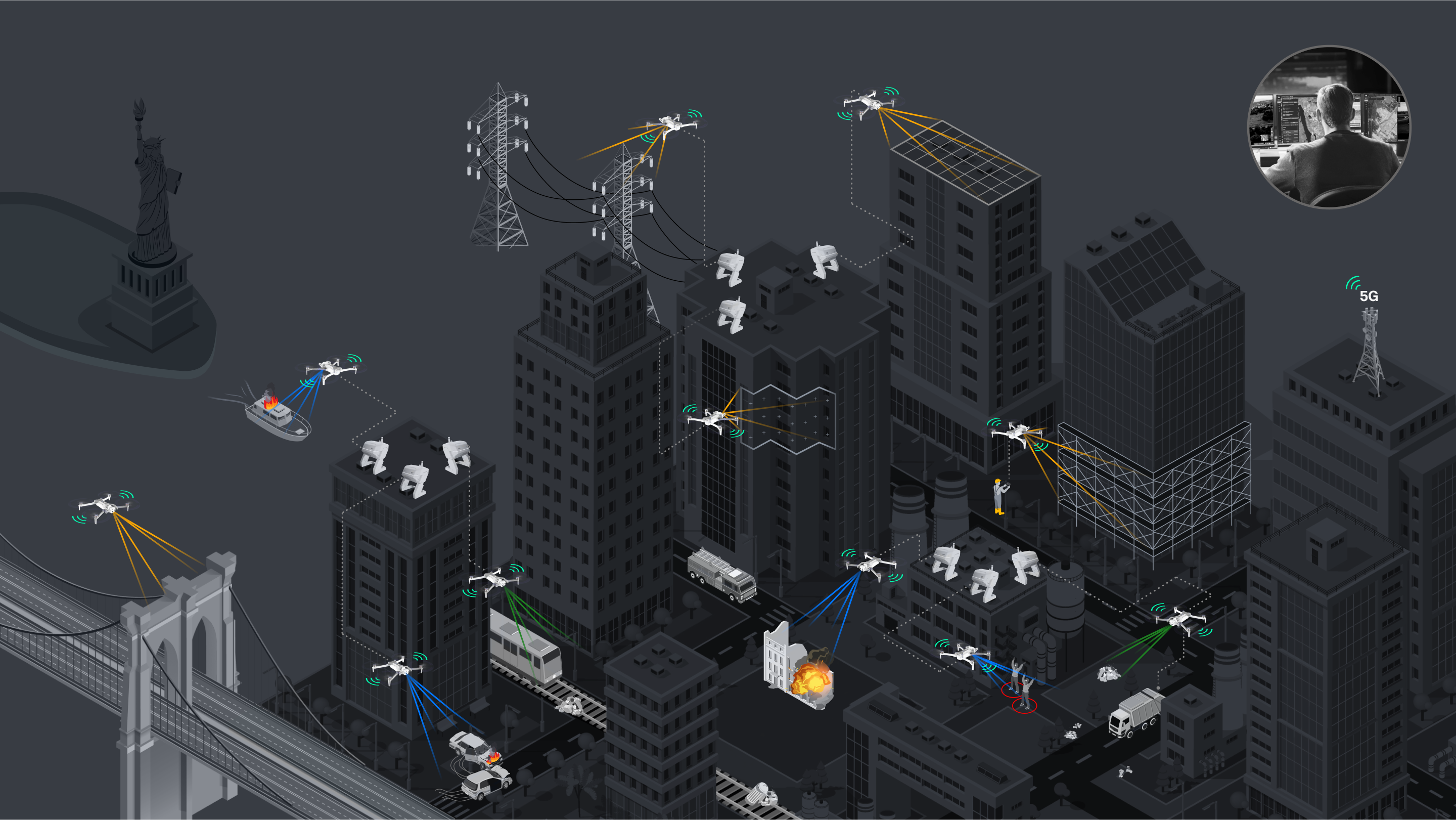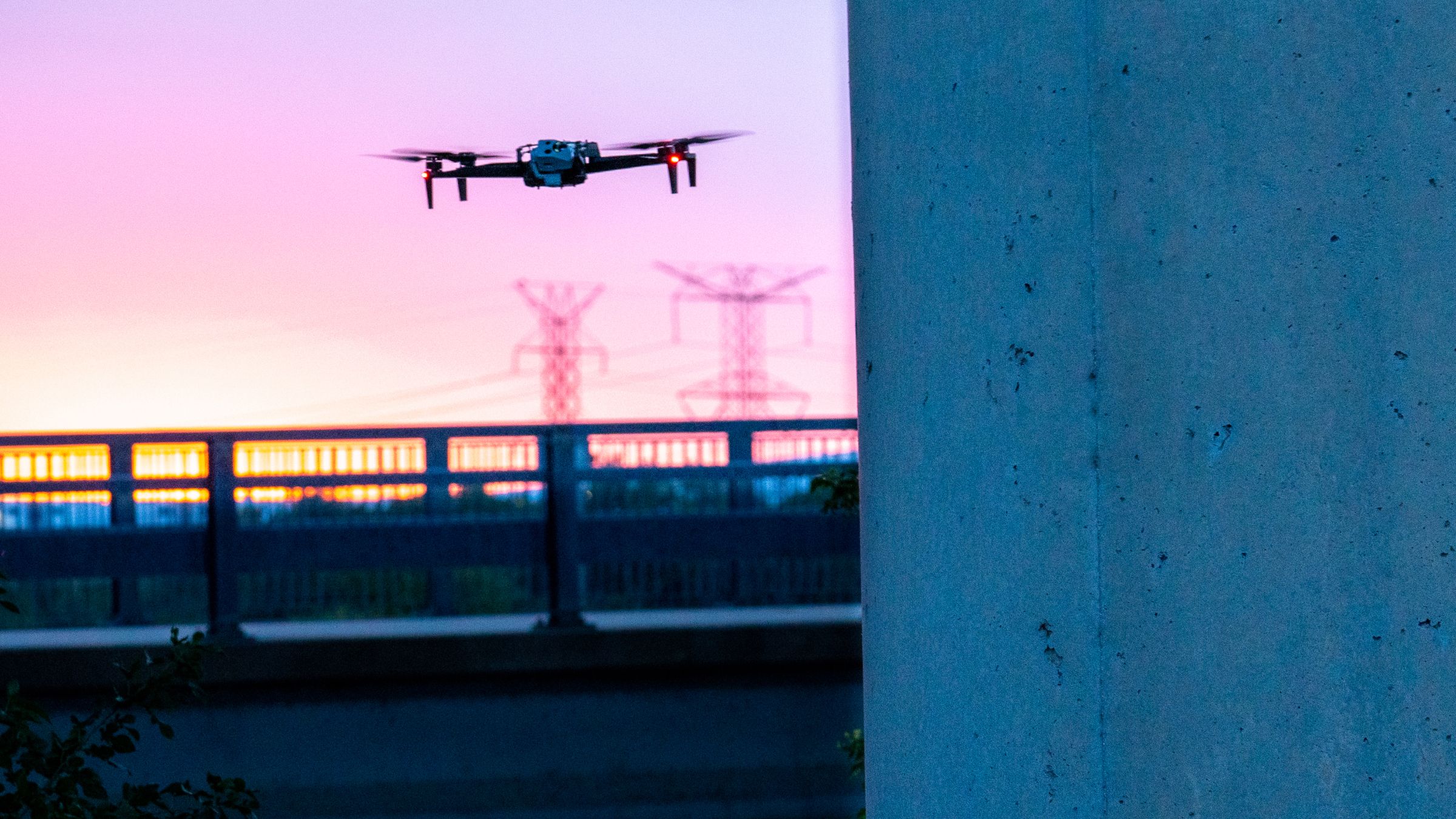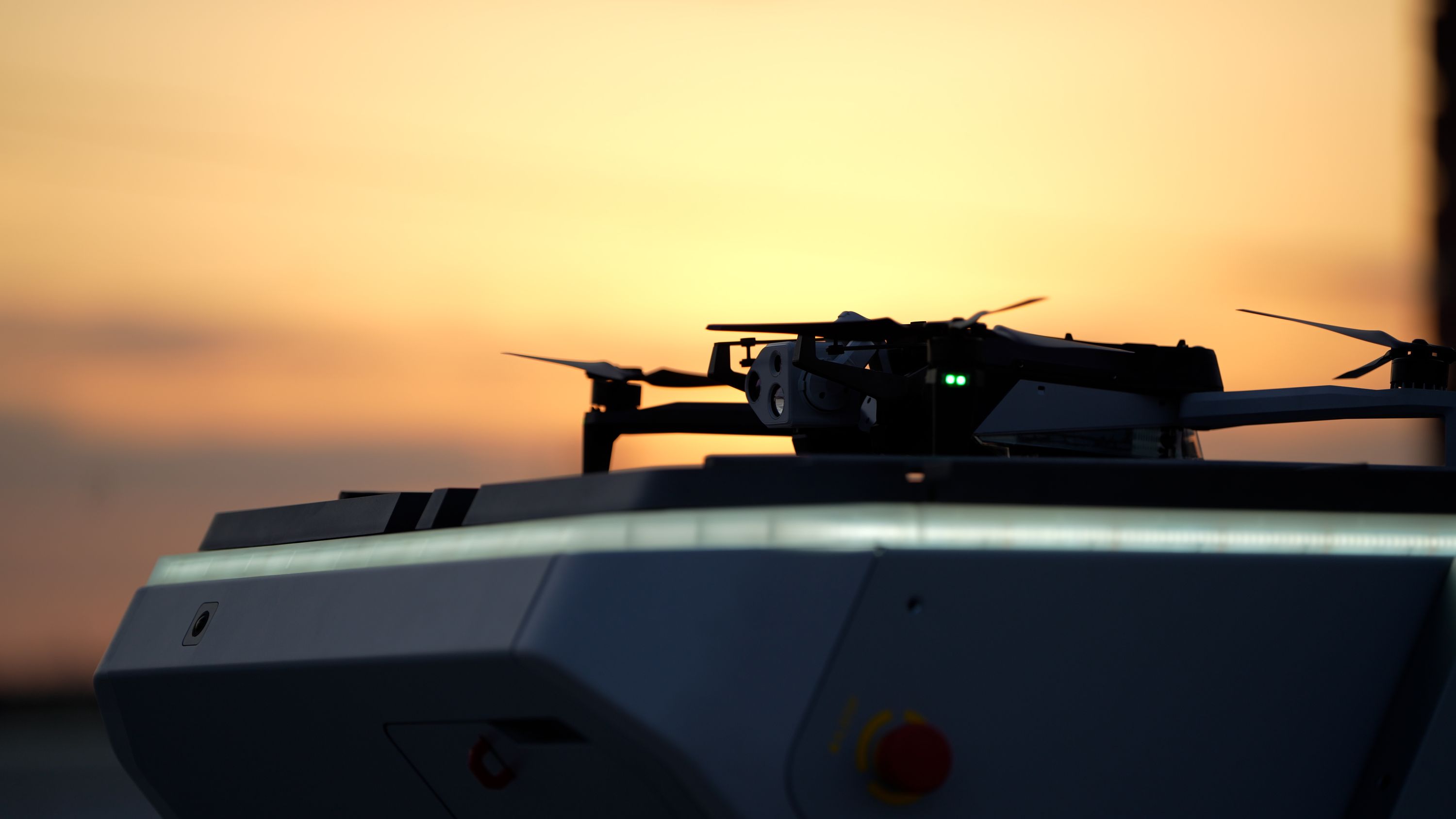Electric Infrastructure Inspection with Drones
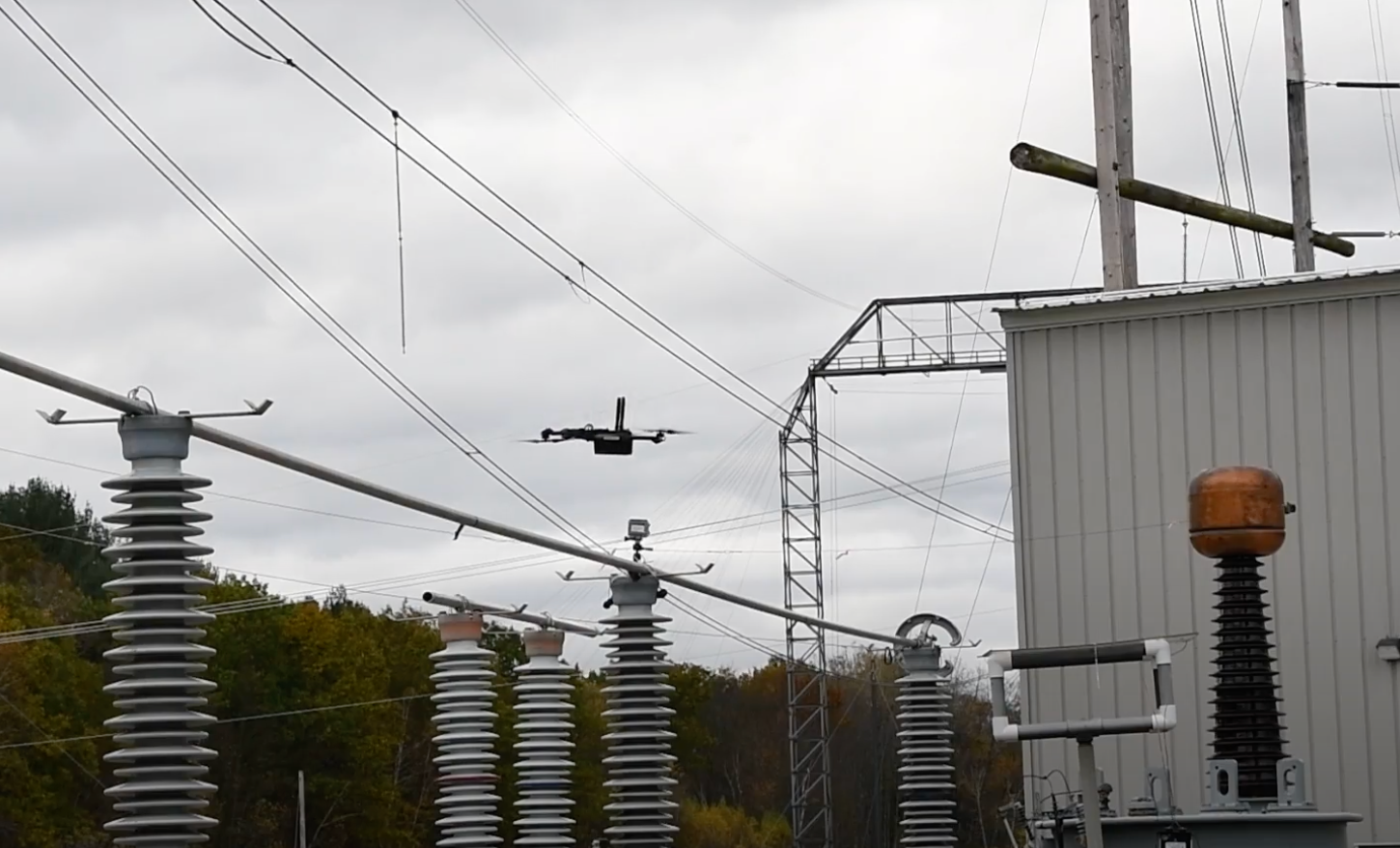
Schedule a demo with our sales team today.
Utility inspections are absolutely critical for ensuring uptime and safety of our power grid, but these inspections often pose serious safety risks to the inspector. Inspectors must often fly low over power plants, transmission towers, and distribution poles by helicopter, or climb to high altitudes in high-voltage environments. In some cases, safety requires so much of the inspector’s attention that the data quality of the inspection suffers.
The solution? Drones. Deploying drones for inspection use cases can help the inspector generate fully comprehensive inspection datasets, while their operators remain safely on the ground.
However, not all drones are created equal. Last-generation manual drones are challenging to fly and cannot be flown up close to utility structures without introducing high crash risk, so manufacturers have raced to add larger, and more expensive, camera payloads to photograph infrastructure from a distance. Skydio autonomous drones can accomplish better inspections with smaller cameras simply by being able to fly closer to the subject, reducing the requirement to carry and risk expensive camera payloads. Skydio drones require far less training because of unmatched obstacle avoidance and fully autonomous missions which provide robotic precision data capture of complex structures.
Electric utility environments are usually accompanied by high voltage electric fields and strong electromagnetic fields induced by current flowing. A drone and its onboard sensors must be able to withstand those fields, which is why Skydio partnered with EPRI (Electric Power Research Institute) — the world's preeminent independent, non-profit energy research and development organization, with offices around the world — to test Skydio's drones in these energized environments. After rigorous field testing, EPRI confirmed that our drones worked as expected with no electric or magnetic field impact to the aircraft's flight behavior, collision avoidance systems or command and control systems.
The distribution and transmission electrical network
When looking at the landscape of electric utility inspections, many of the most critical inspections focus on distribution and transmission networks. Transmission networks move large amounts of electricity and use larger structures to support the electric lines. Distribution networks are smaller in structure and are used to get electricity from the main transmission hubs to individual homes or businesses. The main difference between transmission and distribution is the amount of energy these different networks move. An analogy to think about this is transmission networks are the arteries and the distribution networks are the veins of the electrical network.
The need for reliable rlectricity
The assets used to supply electricity to people are often placed in some of the harshest environments in the world. The maintenance task is immense and very challenging. Weather conditions, vegetation and wildlife can degrade the integrity of that support structure or create hazardous conditions that may lead to fires and blackouts. Blackouts can cause millions of dollars in economic loss as well as endanger the health and safety of communities.
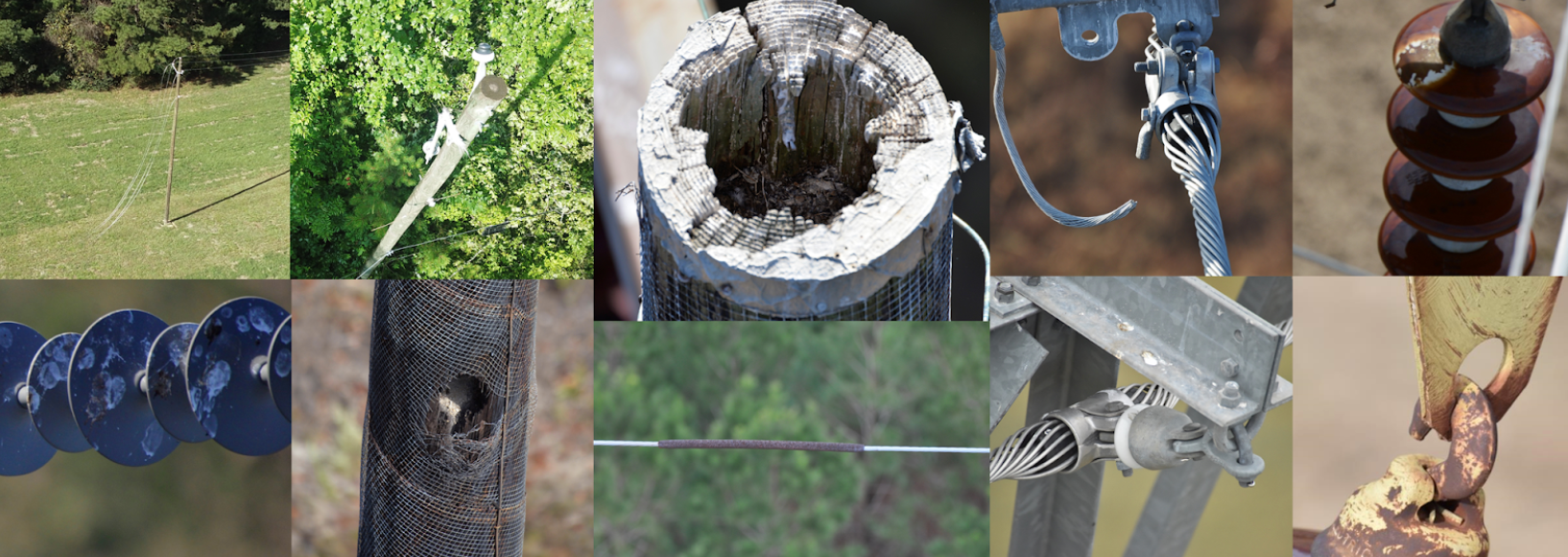
Recurring visual inspections are necessary to assess the health of distribution system components. Drones are a great tool to inspect these distribution structures because these inspections are expensive and hazardous for manned inspection. Automation with drones provide safe, fast, low-cost, and high quality inspections which is key to having reliable electricity.
Flying in energized and electromagnetic environments
Energized electric utility and transmission environments are usually accompanied by high voltage electric fields and strong electromagnetic fields induced by current flowing that can interfere with electronics and GPS signals. A drone and its onboard sensors must be able to withstand those fields and operate in GPS-denied conditions EPRI tested Skydio drones in these energized environments and found that, in fact, Skydio drones can handle and are well suited to operate in electrified environments, even in close proximity.
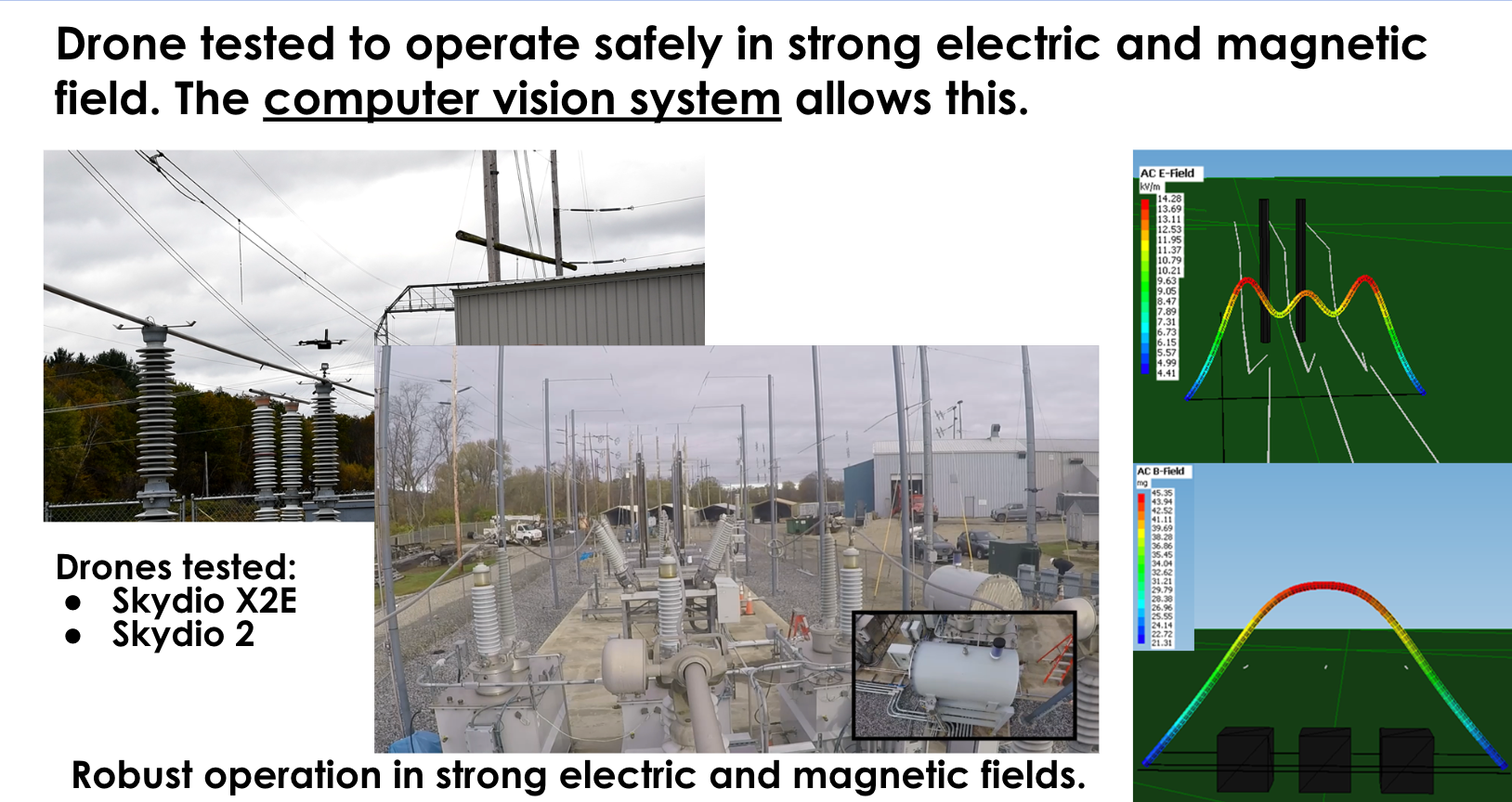
Below you will see a Skydio X2 drone flying in a high voltage electric field with a 3 phase, 138,000 volt and a 500 amp current source right below it. The X2 operates as it usually would with no difference in operation due to the changes in the environmental condition.
Flying in obstacle rich environments
Having a drone that is able to fly in an energized environment is necessary, but only half of the equation. To be successful in the utility environment, drones must be able to avoid wires, poles, vegetation, and many other obstacles. As a result, reliable omnidirectional collision avoidance is critical.
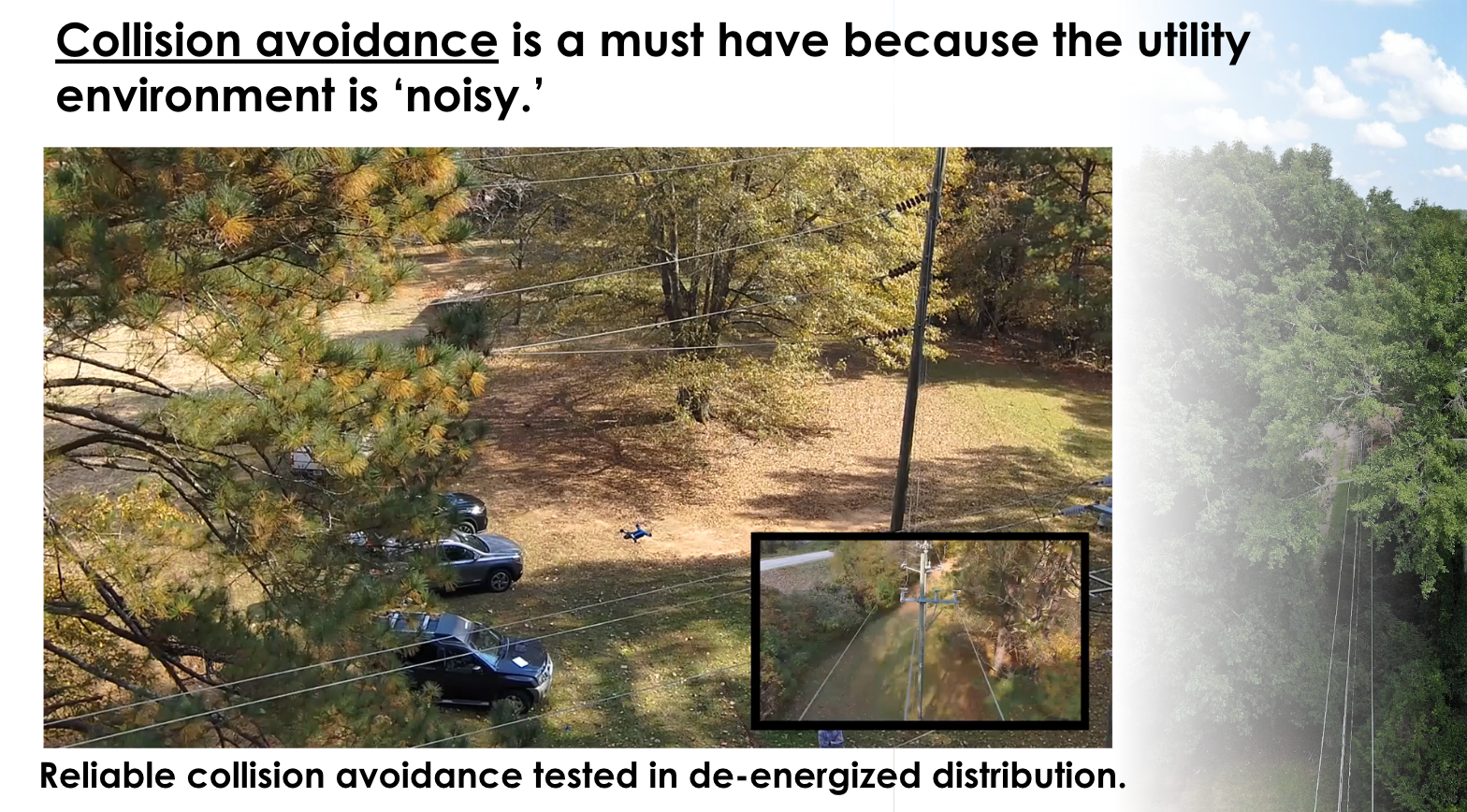
Skydio’s approach to flight navigation and obstacle avoidance is fundamentally different from the rest of the industry’s. Our aircrafts come with AI and computer vision software that process video images from six integrated fisheye, 4K navigation cameras reconstructing a 360 view of the environment around the drone in real time and without prior knowledge of a location. The onboard AI works as co-pilot assisting the human operator in safely maneuvering around obstacles even outside the field of view of the main camera payload. Our context-aware AI algorithms can draw conclusions about what they see — for example, concluding that a cable the cameras show floating in mid-air is likely to extend in both directions. That lets them dodge obstacles that their human pilots miss, and is critical to operating in these types of environments.
Autonomous data capture in obstacle rich and energized environments
Skydio 3D Scan builds on top of the Skydio Autonomy flight engine, adding the ability to conduct fully autonomous flight patterns to capture complete and accurate photosets of every surface and angle of energy utility structures. This means that professional drone operators of all skill levels can now perform higher quality area mappings and physical asset inspections in record time and with minimal training.

With 3D Scan the operator defined a simple operating volume (floor, ceiling, and pillars) around the electric pole. Once the 3D Scan software was programmed with the volume, the operator defined the ground sample distance and the drone began to autonomously take all the required images of the pole without any additional input from the human operator. The drone flew for a minute and a half and took 48 photos. With those photos, the inspector can review/ and identify any potential issues that need to be addressed.
Watch the complete “Autonomous Drones for Energy Utilities An EPRI Research Study” Webinar
